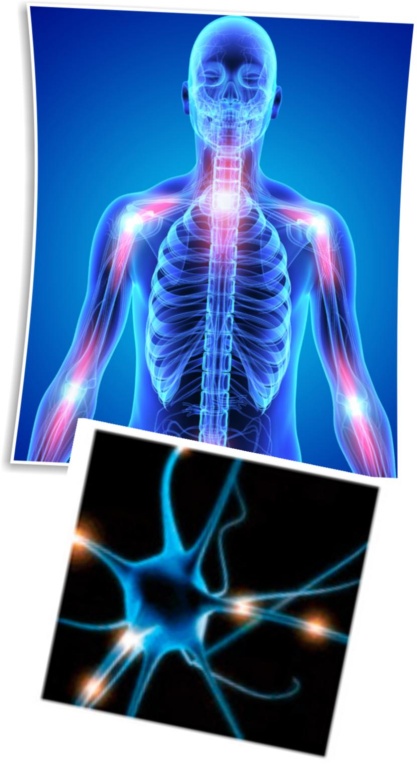
Until Energy Medicine Therapy (EMT), No stress therapies that act on purely passive patients existed on the market. Recognized therapies in the field of stress management are now regarded as music therapy, biofeedback, Hsin Tao or progressive muscle relaxation, which all require the active cooperation of the patient and are effective only in accordance with patient assistance.

Now, for the first time, we have developed a new form of therapy that uses low-intensity electromagnetic pulses without active participation of the patient. It's been proven to reduce stress considerably, and thus relieves stress-related illness. It's also been seen to kickstart and begin the healing process, a unique feature of great importance.
This new form of therapy is based on the idea that there is an electromagnetic field around every human body (the bio magnetic summation field), which informs the organ systems and helps to manage their various functions. If these fields are disturbed, by factors such as stress or illness, the body loses its natural ability to regenerate.
The principle of Impuls7is based on superimposing the human energy field with a defined electromagnetic field. This therapy balances weakened but highly effective electromagnetic pulses which fix the faulty information in these fields, thereby reducing stress in the body of the patient and activating its regeneration ability.
We call it 'Pulsed Signal Therapy' (PST), a treatment method whereby electromagnetic signals are transmitted towards the human body's electromagnetic field, leading to the regeneration of cell structures. This has been evaluated and proven effective in several in-vitro studies and double-blind placebo studies, including through the Charité, Berlin.
Impuls7 also has further applications. It has also proven to be effective for musculoskeletal problems such as issues with cartilage, osteoarthritis, and osteoporosis. Between 1999-2005, we've worked with and treated more than 450,000 patients in Germany alone. And the results have been overwhelming.
